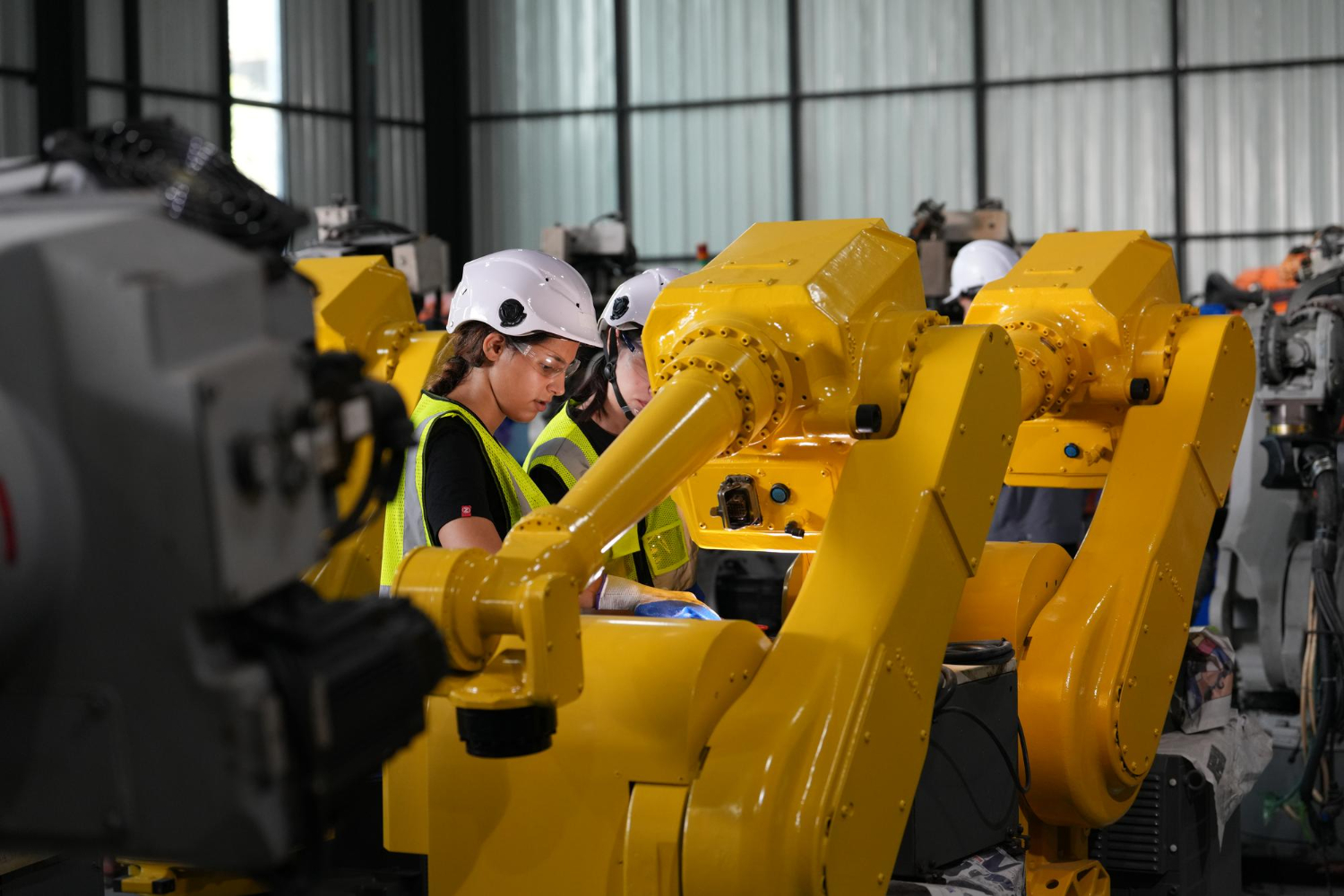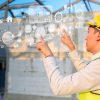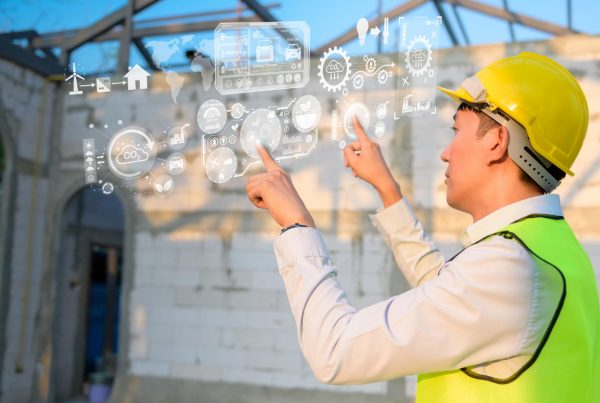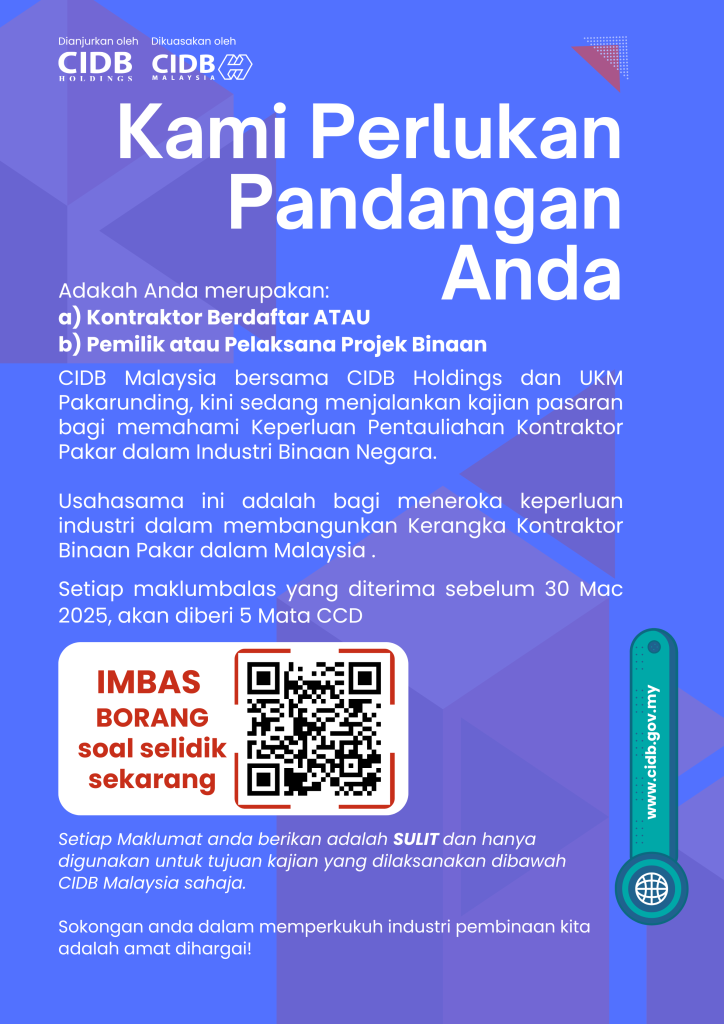
The construction industry is on the brink of a significant transformation as AI-powered robots become increasingly prevalent. While robots have long been used in manufacturing, their potential impact on construction is gaining attention, especially with advancements in artificial intelligence (AI). According to industry experts, adopting AI-powered “humanoid” robots could substantially change the workforce, possibly reducing the number of human jobs in construction.
Investment bank Morgan Stanley recently highlighted the growing trend of integrating AI with robotics, particularly in humanoid robots that could be deployed across various industries, including construction. These robots, equipped with large language models and generative AI capabilities, such as those seen in ChatGPT, could handle tasks traditionally performed by human workers, potentially reducing the need for manual labour on construction sites.
The use of AI in construction is driven by the industry’s ongoing struggle to attract and retain skilled workers. As the working-age population in advanced economies continues to decline, construction companies face increasing difficulties in maintaining productivity. AI-powered robots could offer a solution by filling the labour gap and ensuring that projects are completed efficiently.
However, the introduction of these robots has its challenges. The transition could prove politically and socially divisive, raising concerns about job displacement and the broader implications for the workforce. Morgan Stanley warns that up to 70% of construction jobs could be affected by the widespread adoption of AI-powered robots, leading to significant changes in the industry.
Despite these concerns, proponents of AI in construction argue that robots could help alleviate labour shortages, particularly in regions with shrinking and ageing populations. By automating repetitive and physically demanding tasks, AI-powered robots could improve safety on construction sites and allow human workers to focus on more complex and creative aspects of the job.
Stay tuned for Part 2, where we explore how the construction industry can navigate the challenges and opportunities brought by AI-powered robotics.















